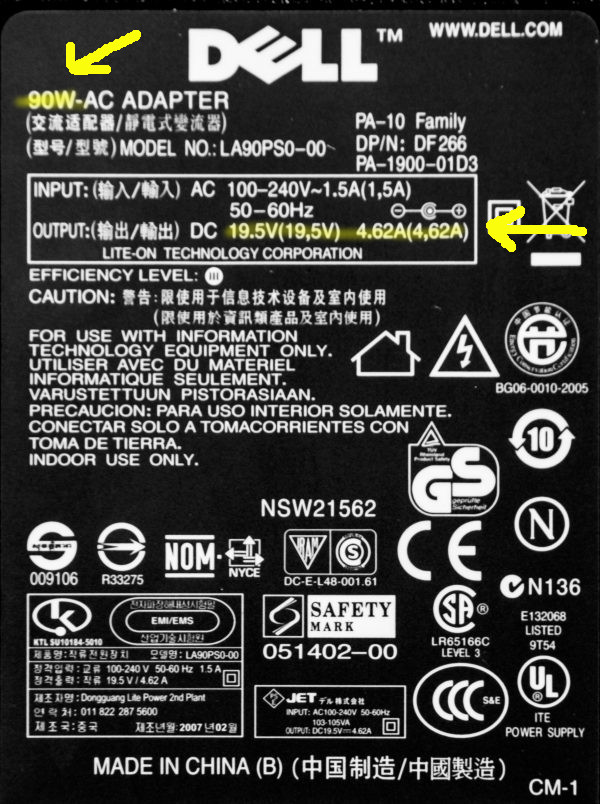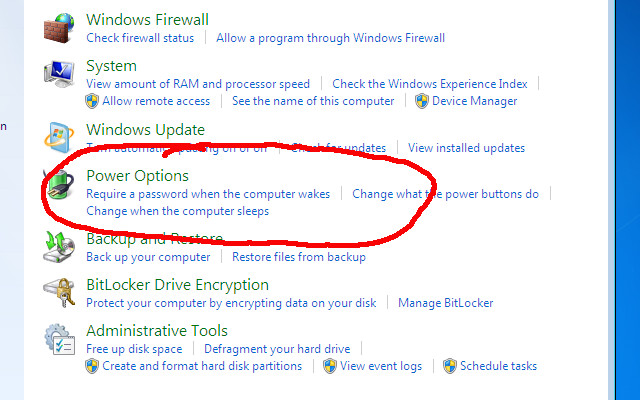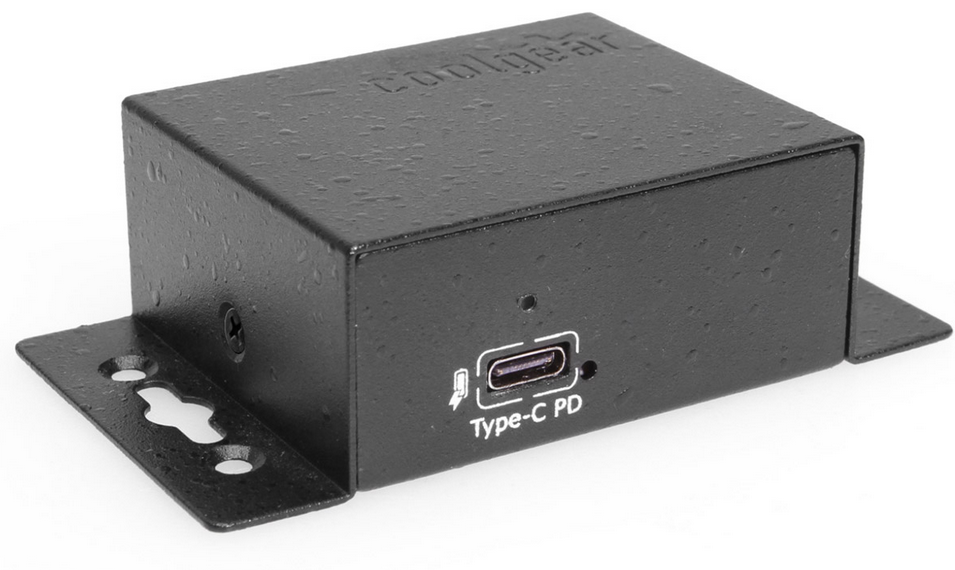Table of Contents
Charging and powering laptops
Laptops are the most power-hungry of the nomad's communications devices; phones and tablets require much less power. Pretty much the only communication device that will consume more power would be a Starlink dish.
There are two basic approaches to keeping your laptop charged on the road:
- charge whenever possible
- use less power when not charging
Opportunity Charging
Sit near outlets whenever possible. When being seated by a host ask for a spot near an outlet. Test the outlet before settling in.
Be ready to charge - keep the laptop's charging brick and a long extension cord in the laptop bag with you. You don't have to remove the laptop for charging, or use it while charging. Pull out the cord and get your charge on.
Install a power setup in your vehicle.
Use a smaller laptop
 This advice will likely come too late.
This advice will likely come too late. ![]()
If you don't already own a laptop, consider buying one that uses less power. As a general rule, the larger/heavier a laptop is, the more power it will use.
One crude measure will be the wattage rating of the AC adapter. As a very general rule, laptops will consume between 25-50% of their power supply's rated power when doing normal activities (web surfing, watching youtube, etc). Doing computationally intensive tasks (gaming, video & photo editing, content creation, graphic design and engineering software) will GREATLY increase this, and will often have the laptop running at 100% of the power supply's capabilities.
Sometimes the adapter will give watts on the back label or in the documentation. In the example on the right, this Dell laptop adapter does say it is a 90W charger.
If the label only shows output in volts and amps we can use Ohm's law to calculate watts. In this case, 19v x 4.62A = 87.78W, which is in line with the 90W number on the label.
Example from secessus' & Princess_Fluffypant's personal experience:
- Full-sized (16“+) gaming laptops: 200-300w
- Larger 15” corporate or engineering laptops, 90w-140w
- MacBook Pro, most 13-15“ laptops 65w
- Entry level/budget laptops 30-45w
- Chromebooks, MacBook Airs, other ultra-lights 16w
use laptop substitutes
Checking email on a phone will use much less power than doing the same thing on a laptop. Obviously, long replies are easier to type with a real keyboard. You may find that a tablet with a bluetooth keyboard works well enough to leave the laptop in the bag sometimes.
Watching movies on a tablet or even a phone will use less power than a laptop. The smaller screen may also allow you to reduce resolution and save bandwidth.
DC adapters
 Using a DC adapter for your laptop rather than an inverter + the original 110v charger can save 10%-20% or more power that would otherwise be lost in the inversion process. Most DC adapters will come with the ciggy port plug; it is common to cut the plug off and and wire it to the fuse box or to your preferred connector type.
Using a DC adapter for your laptop rather than an inverter + the original 110v charger can save 10%-20% or more power that would otherwise be lost in the inversion process. Most DC adapters will come with the ciggy port plug; it is common to cut the plug off and and wire it to the fuse box or to your preferred connector type.
Almost all small-to-medium laptops made from ~2021 and later run off USB-C, which is commonly rated for up to 90w; a 12v USB-C adapter will plug into a 12v cigarette lighter port and give up to 90w of USB-C which will power most laptops. For a bit more money you can buy an OEM1) car charger.
Dell sells a 12v power supply for their older/larger laptops that is much less bulky than generics: Dell 12v Auto/Air DC Power Adapter.
For larger/newer laptops (made from late-2023), USB-C has been expanded to support 140w of power delivery2). This is too much for a cigarette lighter outlet3), but direct-wire DC power supplies will give you a 140w capable USB-C port. This is only realistically needed for the largest/heaviest laptops, especially gaming laptops or engineering/creator-oriented laptops.
reduce power consumption
You can't affect how fast the laptop charges, so we will focus on reducing power consumption. Some very easy techniques can make a big difference.
screen brightness
One of the easiest and most effective power saving techniques is to reduce screen brightness to a dimmer but still-usable level. After you turn down the brightness the first time you may be surprised at how bright the default setting was. Most laptops have function or alt key combinations to quickly adjust brightness.
This will make the biggest difference on laptops with larger screens.
tune laptop-specific settings
 Most operating systems (Windows, iOS, linux, etc) have settings to optimize laptop battery life. In windows, it usually under something like System | Power Options.
Most operating systems (Windows, iOS, linux, etc) have settings to optimize laptop battery life. In windows, it usually under something like System | Power Options.
Common settings:
- dim screen after X minutes of inactivity
- blank monitor after X minutes
- suspend/hibernate after X minutes
Set the timeouts as aggressively as you can stand.
reduce cpu load
 Extraneous applications running on your laptop consume CPU cycles, which in turn consumes more battery power. Often these applications are started in the background without the user knowing it.
Extraneous applications running on your laptop consume CPU cycles, which in turn consumes more battery power. Often these applications are started in the background without the user knowing it.
The first place to look is the System Tray (see image to the right).
Right-click on each icon in the System Try to see what it is. If t is not necessary disable or uninstall it.
The second place to look is the Startup folder. This is a regular folder similar to others where you might store files or documents. But it is special because any programs or files in the folder will be automatically run each time you log in.
Navigate to your Startup folder and delete any icons for programs that are not necessary for automatic running. You can start those programs at any time you like.
eliminate cpu-taxing animations
Some webpages have animated or multimedia elements that consume CPU cycles when they are visible. One method to avoid them is to use an element blocker.
If you want to allow the animations but not have them consume as much power you can switch to another tab so the animation is no longer rendered.
disable networking
If you don't need networking for the current task, consider disabling wifi and bluetooth.
reduce bandwidth
Reducing bandwidth usage will, in addition to easing the pain on your checkbook, reduce the processing power needed to handle the data. It will also reduce the amount of time the wifi or bluetooth are transmitting.
charge at the right time
If you charge your laptop while driving or when the system has excess solar power it's basically charging “for free”.
virtual servers
If you are running a PC or laptop because some client or service needs to be active, consider moving that client/service to a virtual host provider somewhere. It can run 24/7 on their grid power. They can cost as little as $20/year.


